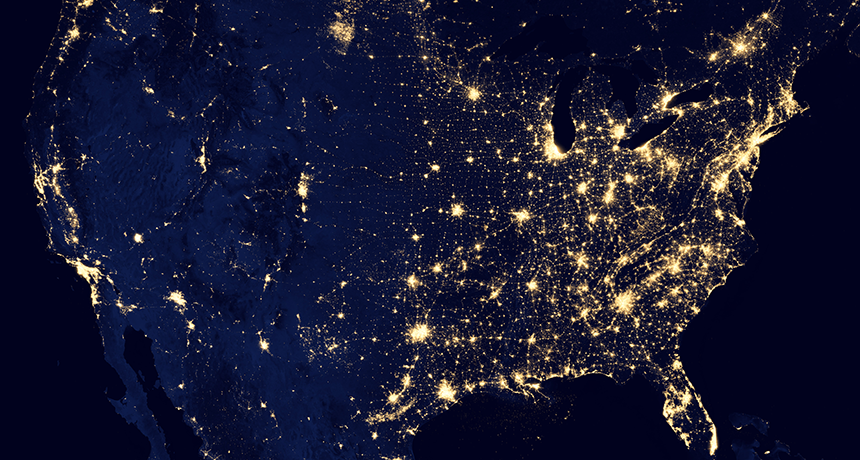Questions for ‘Night lights have a dark side’

The continental United States at night, as seen from a NASA satellite in 2012. This image shows where there is a lot of artificial light at night.
NASA Earth Observatory/NOAA NGDC

The continental United States at night, as seen from a NASA satellite in 2012. This image shows where there is a lot of artificial light at night.
NASA Earth Observatory/NOAA NGDC